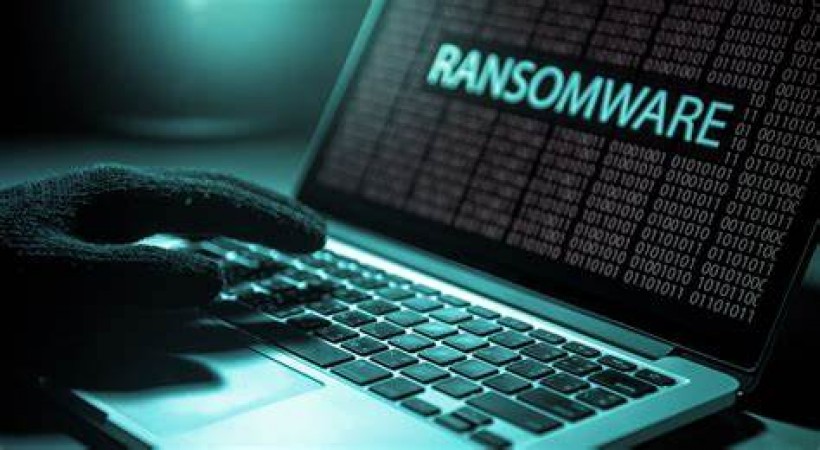
In an increasingly connected digital world, the threat of malware and viruses poses a significant risk to your computer's security and your personal data. Malicious software can cause data breaches, financial loss, and even identity theft. Therefore, safeguarding your computer from these threats is paramount. In this guide, we'll explore effective strategies to protect your computer from malware and viruses.
1. Install Antivirus Software
The first line of defense against malware and viruses is a reliable antivirus software. Choose a reputable antivirus program that offers real-time scanning, automatic updates, and regular system scans to detect and remove threats.
2. Keep Operating System and Software Up-to-Date
Regularly update your operating system and software applications. Software updates often include security patches that address vulnerabilities and help protect your computer from the latest threats.
3. Enable Firewall Protection
Activate your computer's built-in firewall or consider using a third-party firewall solution. Firewalls act as a barrier between your computer and the internet, blocking unauthorized access and potential threats.
4. Be Cautious of Email Attachments and Links
Exercise caution when opening email attachments or clicking on links, especially from unknown or suspicious sources. Malware often spreads through phishing emails containing malicious attachments or links.
5. Avoid Suspicious Websites
Steer clear of visiting suspicious or untrustworthy websites. Many malware and viruses are distributed through compromised websites or malicious advertisements (malvertising).
6. Use Strong and Unique Passwords
Create strong and unique passwords for your computer, email, and online accounts. Passwords that are difficult to guess make it harder for attackers to gain unauthorized access.
7. Enable Two-Factor Authentication (2FA)
Enable two-factor authentication (2FA) wherever possible. 2FA adds an extra layer of security, requiring a second form of verification in addition to your password.
8. Regularly Backup Your Data
Frequently back up your important data to an external hard drive or cloud storage. In case of a malware infection or system failure, having a backup ensures you can restore your files without loss.
9. Educate Yourself and Others
Stay informed about the latest malware and virus threats. Educate yourself and your family members or colleagues about safe internet practices and the importance of computer security.
10. Be Wary of Downloads
Be cautious when downloading files or software from the internet. Only download from reputable sources, and avoid downloading cracked software or files from untrustworthy websites. Protecting your computer from malware and viruses is an ongoing process that requires vigilance and proactive measures. By following these strategies and adopting safe online practices, you can significantly reduce the risk of falling victim to malicious attacks and keep your computer and data safe.
Check Out the Ideal Sunday Routine to Prevent Monday Depression
7 Heat-Free Methods For Straightening Hair During The Monsoon